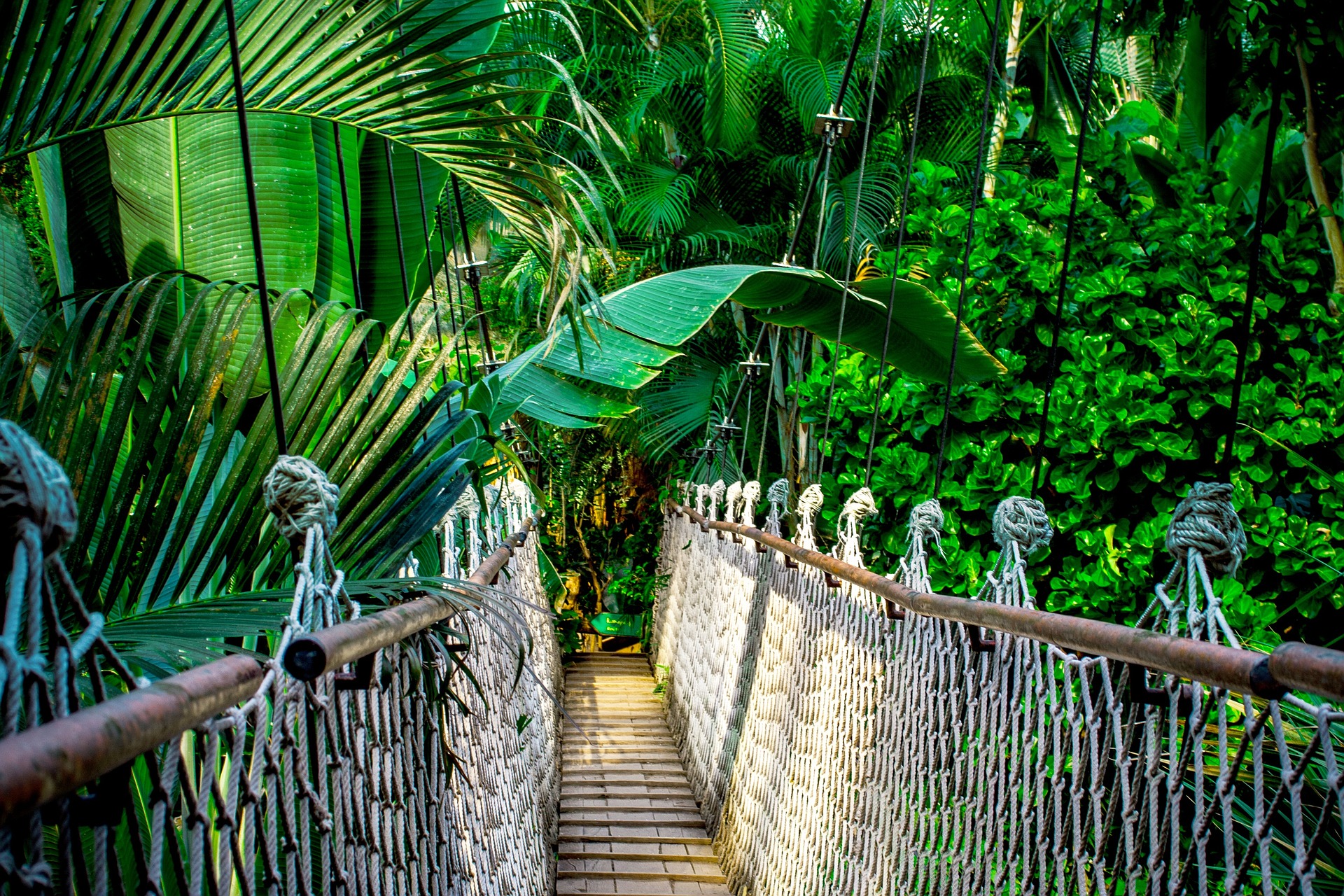SAVING THE LUNGS OF OUR PLANET – PART ONE
The Amazon Rainforest
Recently, one of the world’s foremost conservationists, Dr. Claude Martin, the former head of the World Wildlife Fund, called the health of the world’s tropical forests “precarious”. Here at Green Global, we know something must be done now to stop the deforestation of the Amazon and the world’s other remaining rainforests. We urge you to remember that the most important aspects in fighting for environmental change are: doing something small is better than doing nothing at all and that even one person can make a big difference. So even if you only give up one kind of meat, make one charitable contribution, or drive to work two days instead of five, you can still make an impact. Furthermore, if we all do just one thing, no matter how insignificant it may seem, those small changes can add up to a huge movement when everyone contributes!
“We urge you to remember that the most important aspects in fighting for environmental change are: doing something small is better than doing nothing at all and that even one person can make a big difference. Be a planetary hero. ” – Ken Baxter
Located in South America and covering over 2 million square miles, Amazonia – known to many as the “Lungs of Our Planet” – is primarily contained within Brazil, Peru, and Columbia. The Amazon rainforest is the world’s largest tropical rainforest and produces around 20% of the world’s oxygen. Scientists believe it contains no less than half of Earth’s species – 40,000 plant species, over 500 types of mammals, one-third of the world’s bird population, 175 kinds of lizards, 300 other reptile breeds, more species of fish than in the entire Atlantic Ocean, and an estimated 30 million insect varieties are native to the Amazon.
24-7 Clear Cutting Operation**
The life force and namesake of this precious ecosystem is the Amazon River. Beginning in the Peruvian Andes, the Amazon winds its way east over the northern half of South America and meets the Atlantic Ocean in Belem, Brazil. Nearly 16% of the world’s river water flows through the 4,080 mile Amazon. With twenty eight billion gallons of water flowing into the Atlantic every minute from this massive river, the salinity of the ocean is diluted for more than 100 miles offshore. Recently, on our Amazon expedition, we traveled 2500 miles of the Amazon River and ended our journey in Belem, where we chartered a plane and viewed firsthand** the devastating effects of clear cutting the Amazon rainforest.
Unfortunately, more than 20% of this treasured forest has already been permanently destroyed. The abundantly rich rainforest environment also happens to be a highly prized resource for cattle farmers, loggers, mining operators, and subsistence farmers. Some of the forest has even been burned to make charcoal to power industrial plants. Sadly, it has been estimated that at the current rate of destruction, this irreplaceable treasure could be completely wiped out in less than thirty years. With less and less rainforest to produce our precious oxygen and absorb the large amounts of carbon dioxide we create, we are headed for a grim future without natural, nutrient-rich wonders such as the Amazon.
Please check back for parts 2 and 3 to find out about other circumstances that threaten out precious rainforests and the top ten things we, as individuals can help. – Ken Baxter – ROCKETMAN

